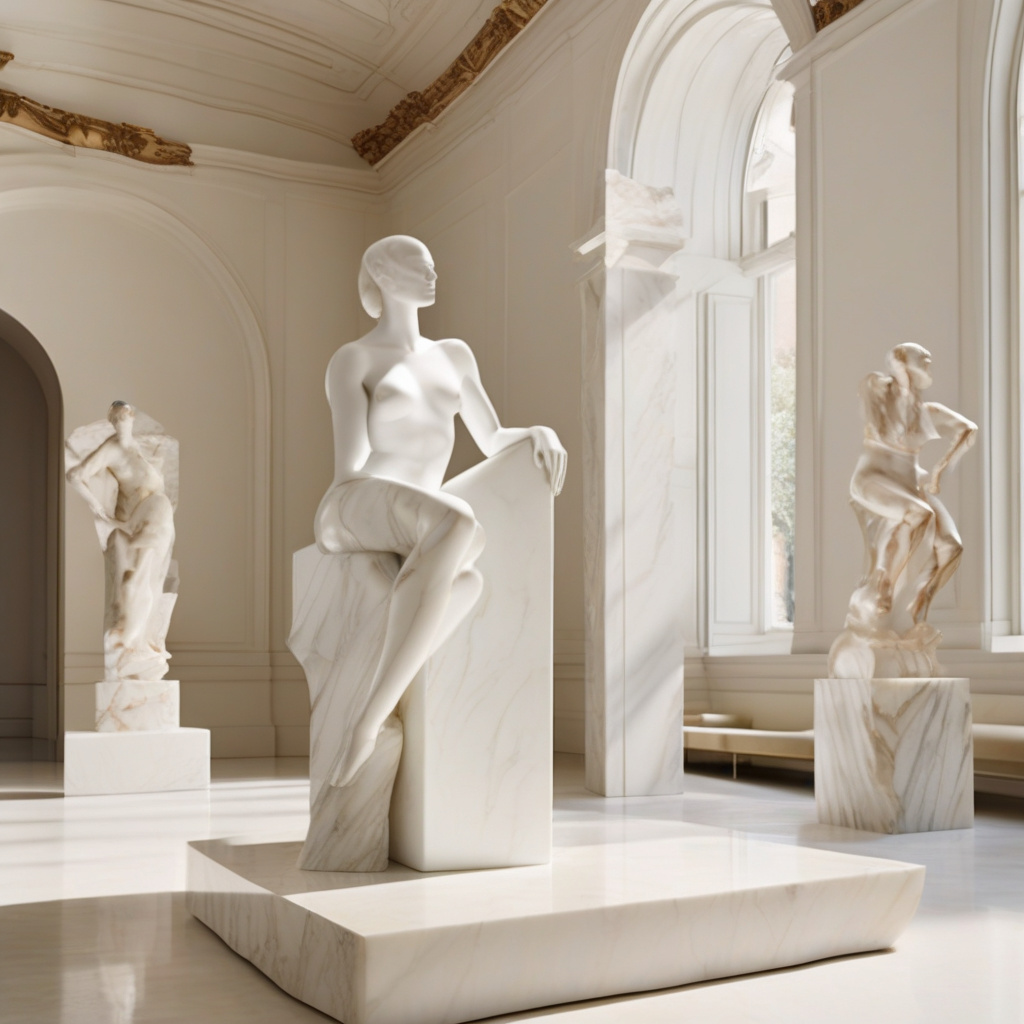What Luxury Can Learn From the Art World’s Miserable Year
The art world has faced a challenging year, marked by a downturn in sales of top-priced artworks. However, amidst these difficulties, a noteworthy trend has emerged: a surge in demand for more accessible works. This dichotomy presents a vital lesson for the luxury sector. By examining the art market’s recent dynamics, luxury brands can identify strategies for resilience and growth in an increasingly competitive landscape.
In 2024, the art market experienced a significant slowdown in high-priced transactions. Auction houses and galleries that traditionally thrived on selling multimillion-dollar pieces found themselves grappling with fewer buyers. The reasons behind this decline are multifaceted. Economic uncertainties, changing consumer priorities, and an influx of digital alternatives have reshaped the landscape. This shift has forced collectors and investors to reconsider their strategies and investments, leading to a reevaluation of what constitutes value in the art world.
While the high-end segment faced challenges, the demand for more accessible artworks flourished. Emerging artists, limited editions, and affordable pieces gained traction among a broader audience. This trend reflects a fundamental change in consumer behavior. As more individuals seek to engage with art, the desire for unique, authentic experiences has taken precedence over the exclusivity associated with top-tier pieces.
Luxury brands can draw parallels between this trend in the art world and their own sector. The luxury market has long been characterized by exclusivity and high price points. However, a growing segment of consumers, particularly millennials and Gen Z, prioritizes experiences over possessions. These younger generations are increasingly inclined to invest in brands that resonate with their values, such as sustainability, social responsibility, and authenticity.
One significant takeaway from the art market’s evolution is the importance of accessibility. Luxury brands may benefit from creating offerings that appeal to a wider audience. This could involve introducing lower-priced lines or limited-edition collaborations that allow consumers to engage with the brand without the hefty price tag typically associated with luxury goods. By making luxury more approachable, brands can cultivate a loyal customer base that values the experience and story behind a product, rather than just its price.
Moreover, the rise of digital platforms has transformed how art is bought and sold. Online galleries and marketplaces have democratized access to art, allowing consumers to discover and purchase works from around the world. Luxury brands must heed this shift and invest in their online presence. E-commerce is no longer a supplementary channel; it is now a fundamental component of retail strategy. Brands that embrace digital innovation and create immersive online experiences can reach a broader audience and enhance customer engagement.
The art world has also demonstrated the power of storytelling. Each piece of art carries a narrative that resonates with its audience, evoking emotions and connections that transcend mere aesthetics. Luxury brands can harness this storytelling approach to enrich their offerings. By sharing the heritage, craftsmanship, and inspiration behind their products, brands can forge deeper connections with consumers, ultimately enhancing brand loyalty and driving sales.
Additionally, the art market’s pivot towards supporting emerging artists offers valuable insights for luxury brands. Collaborating with up-and-coming designers or artists can inject fresh creativity into established brands while fostering a sense of community and innovation. These collaborations not only attract attention but also position luxury brands as champions of creativity and cultural relevance.
Furthermore, the concept of value in the art world has shifted. Collectors are increasingly looking for works that represent personal significance rather than just monetary worth. Luxury brands can apply this principle by focusing on creating products that resonate with their consumers on a personal level. By emphasizing quality, craftsmanship, and unique experiences, brands can foster a deeper emotional connection with their audience.
In conclusion, the art world’s challenging year serves as a crucial lesson for the luxury sector. The slowdown in high-priced sales and the rise of accessible works underscore the importance of adaptability and consumer engagement. Luxury brands that embrace accessibility, invest in digital innovations, tell compelling stories, and foster creativity will be better positioned to thrive in an evolving marketplace. As the luxury industry navigates its own challenges, it can find inspiration in the art world’s resilience and ability to connect with a diverse audience.
luxury, art market, consumer behavior, e-commerce, storytelling
